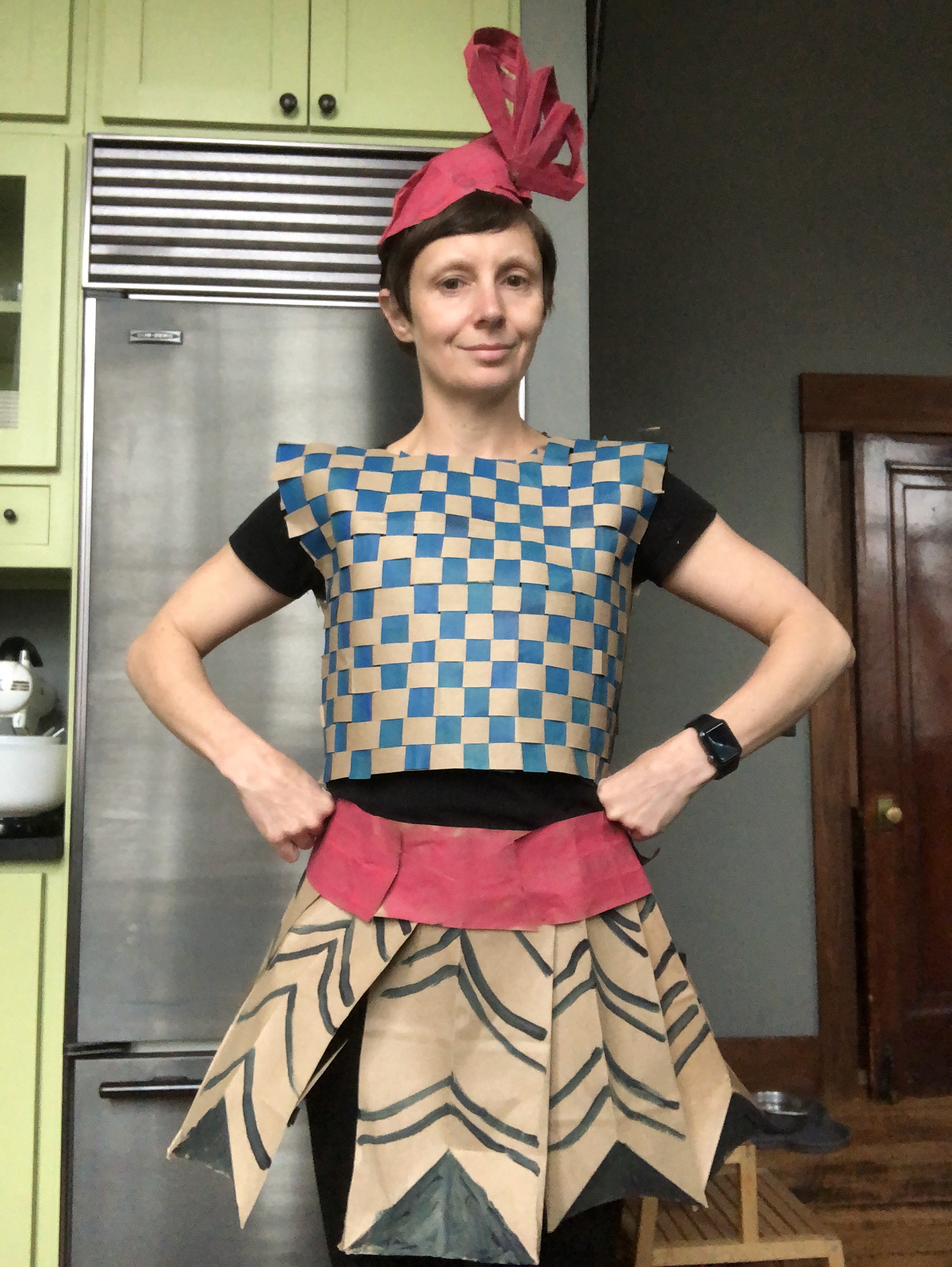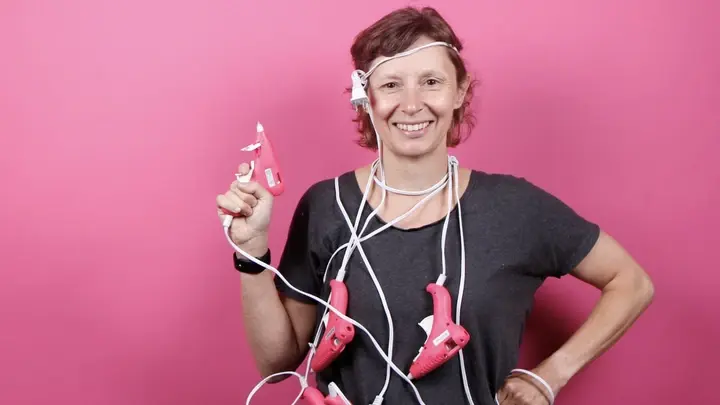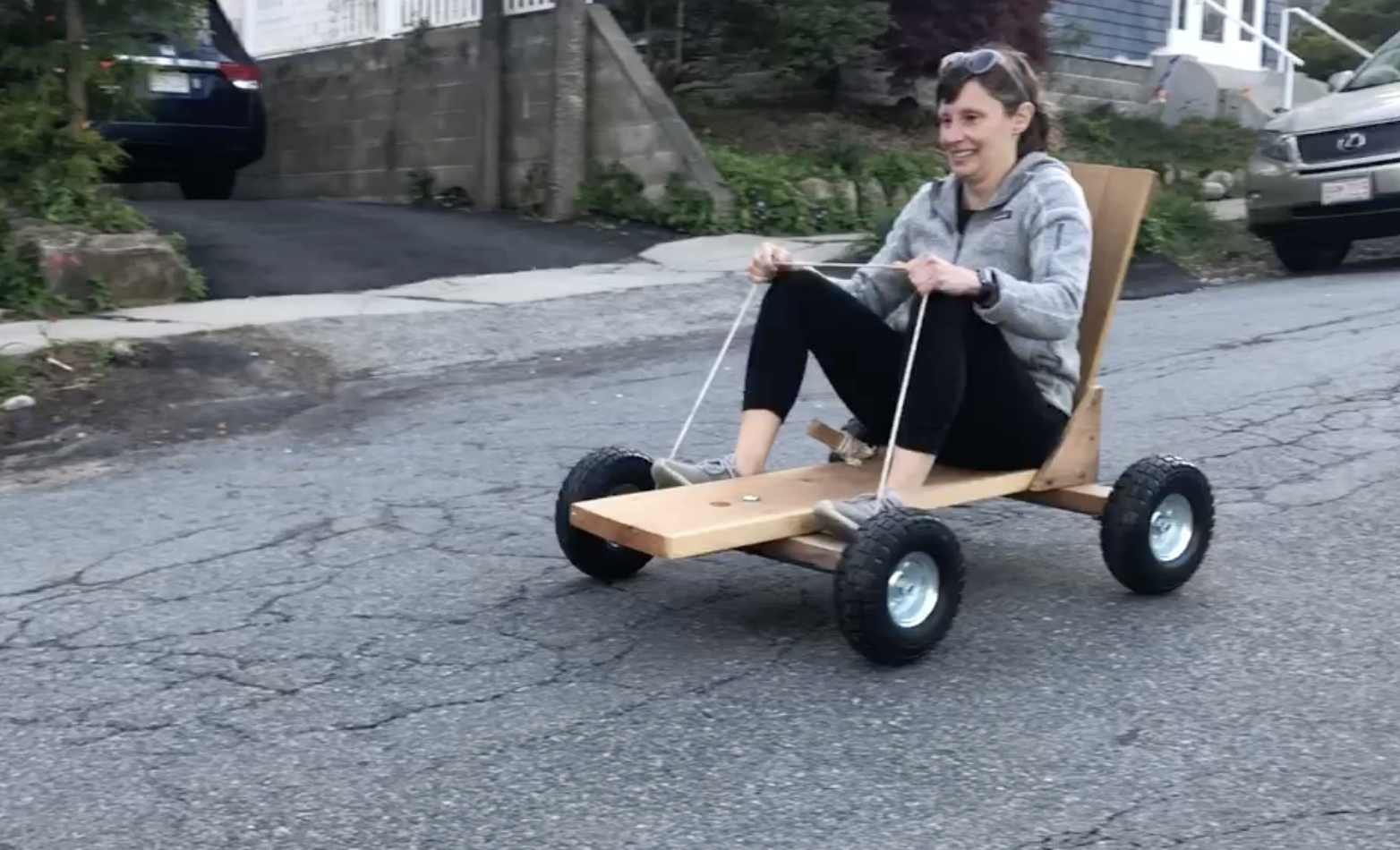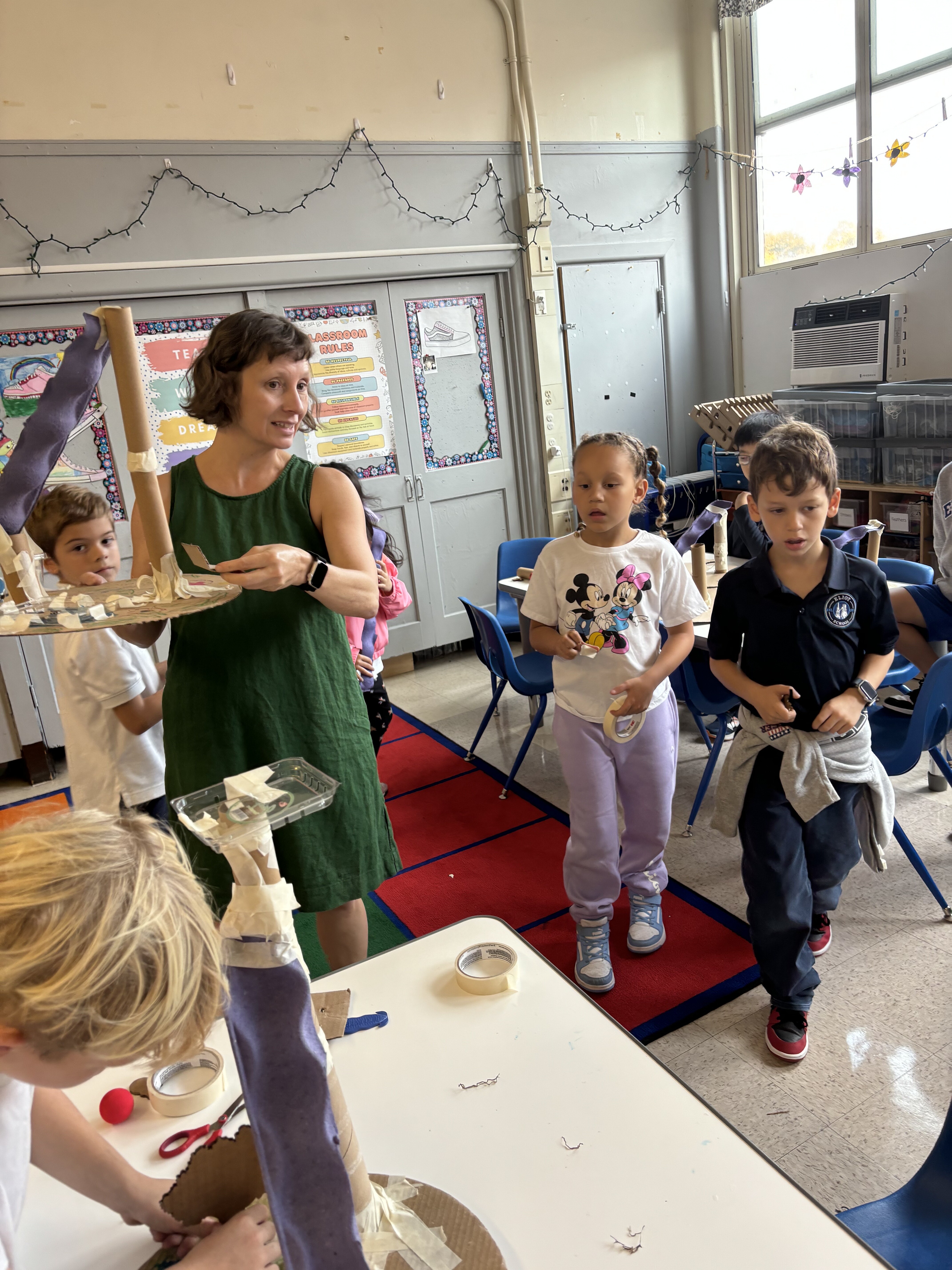July 25, 2025
Inside NuVu’s Design Studio Model
A Conversation with Kate James of NuVuX

When Kate James, Director of Product at NuVuX, met NuVu co-founders Saeed Arida and Saba Ghole at MIT during her Master of Arts in Architecture (she stayed for her Master of Science in Visual Studies too), little did she know how integrated their NuVu mission would become with her own career trajectory.

Post grad, Kate stayed in touch with Saeed as his early vision for NuVu began to take shape, and they collaborated on various design and UI projects. After a break to start a family—a time she affectionately refers to as "babydom"—she soon returned to the workforce as a pre-K to eighth grade Makerspace teacher, and stayed deep in the trenches of hands-on education for the next seven years—while also achieving a MEd from Harvard. Simultaneously (as if that wasn’t enough), as NuVu and NuVuX began to fully take shape, she began teaching what was then called the PreVu Program for NuVuX. “It was basically a weekend workshop studio/design project for five to twelve year olds. So even though I was balancing NuVu with my teaching job, you could say that I’ve been working at NuVu continuously on and off since the beginning. But I didn't start full time until three years ago.”
In her current role as Director of Product at NuVuX, she leads the team that creates design studio curriculum and supports partner educators as they learn to implement what is, for many, an entirely new approach to teaching and learning.
What exactly are these NuVu design studios that Kate helps create? “To somebody who has no context, I would start by calling it a project that is based in the real world and involves a lot of contextualization and foundation laying,” says Kate. “They tend to be interdisciplinary projects that have a heavy research element and result in some kind of built form or designed work.”

How does a design studio get created? Kate says it’s twofold. In one approach, when working with a NuVuX client, the design studio begins with a piece of curriculum that needs or wants to be taught in a school. “That might be a physics teacher who wants to teach about simple machines, or an English instructor teaching Macbeth,” she shares. Kate and her team then think about the product—or studio—they can create that will address this need, all the while following the NuVu framework of research-based context inquiry, brainstorming, feedback, and iteration.
She offers the Macbeth example, which came from an actual NuVuX client. “We took an Escape Room studio that we’ve worked with in the past, and used it as a framework that could apply it to that text,” she recalls. “Students drew dynamics out of the text—characters, scenes, visual cues—and turned those into escape room puzzles that were assembled into a larger class-wide escape room. It was amazing to see the framework of this studio applied to a specific curriculum, and the resulting projects were wildly creative and clearly demonstrated deep thinking about the text.”

Not all studios start with curriculum needs. Sometimes, they're born from pure inspiration. “We find a really interesting real-world opportunity—like an organization that designs micro gardens in urban cityscapes or a nearby nursing home—and we work backward,” Kate says. “What kind of studio could we create that engages students in that context in a meaningful way?”
When explaining the creation of a design studio—for both NuVu High School and NuVuX clients—this design creator says the path to success is often a unifying thread: student. This might come from real-world engagement, such as an actual partner, client, or user—but it also comes from students’ ability to design something meaningful.
“I always think we underestimate the power of a project just being awesome,” she reflects. “When students make something that works how they want, looks how they want—they’ve hit the ball out of the park and they feel empowered.”
The coach is also a critical ingredient. Kate says it often comes down to agility.
“In terms of our partner teachers, we sometimes run into teachers that are really nervous about doing this work,” Kate explains. “They're nervous because they have been falsely taught that they are meant to be experts who are dispersing information, like 'I am downloading my brain contents to your brain.' And we are here to help them understand that's really not what a NuVu coach does.

“A NuVu coach is on the crazy design bus along with the students, figuring things out along the way. They're guiding the direction—not solving it for them. That’s a very different mentality—and another essential ingredient of a successful studio model.”
In today’s world of AI, data, and screens, the importance of the design studio model cannot be overstated, says Kate. “This kind of work—where we're thinking carefully and thoughtfully about how to design things that touch other humans—is profoundly meaningful for young minds.”
Besides the technical and creative skills that the design studio model passes on to NuVu students, there is a deeper lesson that comes inherently through this educational model. It’s that these students become deeply empathetic. “There is a built-in empathy that’s extraordinary in these students. They learn the ability to problem-solve with grit. They see things. They listen. Design studios teach those skills. Seeing and listening is a very hard-won skill set at this age, and I see it happen again and again through this work,” she shares.
In other words, the design studio model is uniquely set up to teach students these essentials—not just for college, but for life.






